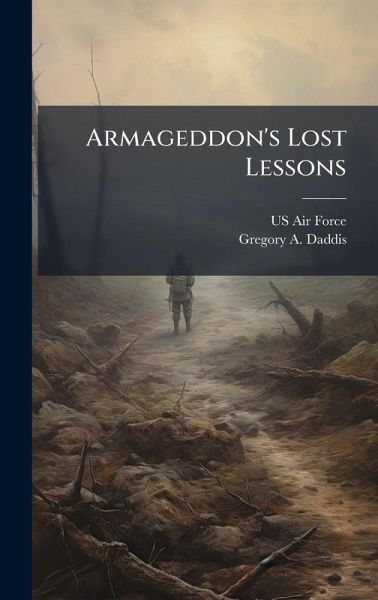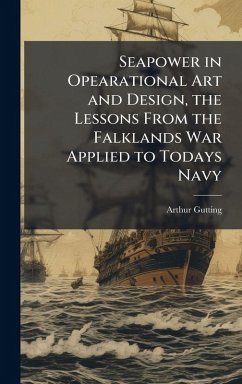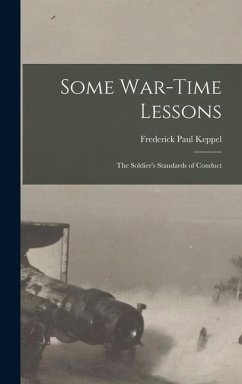
Armageddon's Lost Lessons
Versandkostenfrei!
Versandfertig in über 4 Wochen
27,99 €
inkl. MwSt.
Weitere Ausgaben:

PAYBACK Punkte
14 °P sammeln!
In September 1918, the EEF concluded its campaign in Palestine by routing the Turkish forces at the battle of Megiddo. Under command of British general Allenby, the EEF successfully executed one of the most decisive engagements in any theater of World War I. Ably employing and synchronizing infantry, cavalry, and air forces, Allenby provided future military professionals and historians with a shining illustration of the efficacy of combined arms operations. In terms of surprise, concentration, and operational balance of forces, the culmination of the Palestine campaign was a foreshadowing of t...
In September 1918, the EEF concluded its campaign in Palestine by routing the Turkish forces at the battle of Megiddo. Under command of British general Allenby, the EEF successfully executed one of the most decisive engagements in any theater of World War I. Ably employing and synchronizing infantry, cavalry, and air forces, Allenby provided future military professionals and historians with a shining illustration of the efficacy of combined arms operations. In terms of surprise, concentration, and operational balance of forces, the culmination of the Palestine campaign was a foreshadowing of the German blitzkrieg used in World War II. Unfortunately, the true lessons of Allenby's campaign were lost for future generations of military officers. Focusing on the culture and romanticism of the horse cavalry, students of the Palestine battles garnered little instruction on the emerging trends of combined arms operations that integrated air and ground mobility into a decisive operational level weapon. This paper analyzes the reasons those in the profession of arms missed the lessons of airpower and its role in combined arms operations. It examines the context of the Middle Eastern theater of World War I, describing how "western front myopia" added to the overshadowing of operations conducted in Palestine. The paper also delves into the role of airpower in the Middle East and how Allenby integrated a relatively new weapon system into his force structure and operational planning and execution. Though largely unexplored by military professionals and historians, Allenby's final campaign in Palestine proved to be a momentous step in the evolution of combined arms operations. This work has been selected by scholars as being culturally important, and is part of the knowledge base of civilization as we know it. This work was reproduced from the original artifact, and remains as true to the original work as possible. Therefore, you will see the original copyright references, library stamps (as most of these works have been housed in our most important libraries around the world), and other notations in the work. This work is in the public domain in the United States of America, and possibly other nations. Within the United States, you may freely copy and distribute this work, as no entity (individual or corporate) has a copyright on the body of the work. As a reproduction of a historical artifact, this work may contain missing or blurred pages, poor pictures, errant marks, etc. Scholars believe, and we concur, that this work is important enough to be preserved, reproduced, and made generally available to the public. We appreciate your support of the preservation process, and thank you for being an important part of keeping this knowledge alive and relevant.












